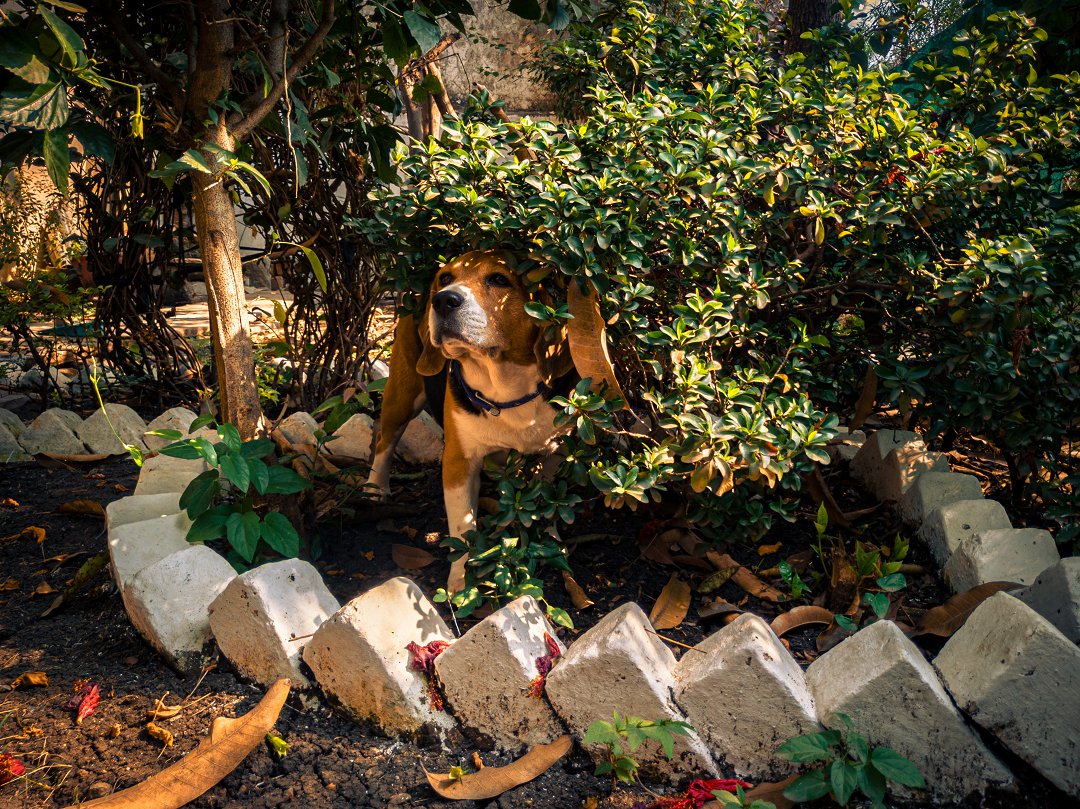Table of Contents
- 1 Introduction: The Importance of Leash Training for Beagles
- 2 Effective Techniques for Leash Training a Beagle
- 3 Step-by-Step Guide to Leash Training Your Beagle
- 4 FAQs About: How to Leash Train a Beagle
- 4.1 1. What age should I start leash training my beagle puppy?
- 4.2 2. How long does it take to leash train a beagle?
- 4.3 3. What type of leash is best for beagle leash training?
- 4.4 4. How do I teach my beagle to walk calmly on a leash?
- 4.5 5. What should I do if my beagle pulls on the leash during walks?
- 4.6 6. How can I make leash training sessions enjoyable for my beagle?
Introduction: The Importance of Leash Training for Beagles
Have you ever wondered how to leash train a beagle? Leash training is a crucial skill that every beagle owner should master. Not only does it ensure the safety of your furry friend, but it also allows you to enjoy peaceful walks together. Leash training teaches your beagle to walk calmly by your side, preventing them from pulling or darting after distractions. In this article, we will explore effective techniques and provide you with a step-by-step guide on how to leash train a beagle. Whether you’re a new beagle owner or looking to improve your current training methods, we’ve got you covered. So, let’s dive in and discover the secrets to successful leash training for beagles.
Effective Techniques for Leash Training a Beagle
When it comes to leash training a beagle, there are several effective techniques that can help you teach your furry friend to walk calmly and obediently by your side. Here are some tried and true methods that can make the process easier and more enjoyable for both you and your beagle:
1. Start early and be consistent
- Begin leash training as early as possible, preferably when your beagle is still a puppy. This will help them develop good habits from the beginning.
- Be consistent with your training sessions, practicing regularly and reinforcing positive behavior consistently.
2. Use positive reinforcement
- Beagles respond well to positive reinforcement, so reward your pup with treats, praise, and affection when they exhibit desired behavior, such as walking calmly on the leash.
- Avoid using punishment or harsh methods, as this can create fear and anxiety in your beagle, making the training process more challenging.
3. Introduce the leash gradually
- Start by allowing your beagle to get accustomed to wearing a leash and collar indoors before venturing outside. This will help them associate the leash with positive experiences.
- Once your beagle is comfortable with the leash, attach it and let them drag it around the house for short periods to get used to the feeling.
4. Practice in a controlled environment
- Begin your outdoor leash training sessions in a quiet and familiar environment, such as your backyard or a nearby park with minimal distractions.
- Gradually increase the level of difficulty by introducing more distractions, such as other dogs or people, as your beagle becomes more comfortable and responsive to your commands.
5. Use commands and cues
- Teach your beagle specific commands, such as “heel” or “let’s go,” to signal that they should walk beside you.
- Use consistent cues, such as a gentle tug on the leash or a specific hand signal, to reinforce the desired behavior.
By implementing these effective techniques, you can successfully leash train your beagle and enjoy pleasant walks together. Remember to be patient and understanding, as every dog learns at their own pace. With consistent training and positive reinforcement, your beagle will soon become a well-behaved and obedient walking companion.
In the next section, we will provide a step-by-step guide to leash training your beagle, outlining the specific actions and exercises you can follow to achieve the best results. So, let’s dive in and discover the secrets to successful leash training for beagles.
Step-by-Step Guide to Leash Training Your Beagle
Leash training is an essential skill for any dog, including beagles. It not only ensures their safety but also allows for more enjoyable walks and outings. If you’re wondering how to leash train a beagle, follow this step-by-step guide for effective results.
1. Start Indoors
Begin the leash training process indoors, where there are fewer distractions. This allows your beagle to focus on learning without being overwhelmed. Here’s what you can do:
- Attach a lightweight leash to your beagle’s collar.
- Let your beagle explore the house while dragging the leash behind them.
- Avoid pulling or tugging on the leash at this stage.
- Offer treats and praise when your beagle walks comfortably with the leash.
2. Introduce Positive Associations
To make the leash a positive experience for your beagle, associate it with rewards and enjoyable activities. This will help them develop a positive attitude towards leash training. Here’s how:
- Before putting on the leash, offer your beagle a treat or engage in playtime.
- Gradually increase the duration of these positive associations as your beagle becomes more comfortable.
3. Practice in a Controlled Environment
Once your beagle is comfortable with the leash indoors, it’s time to move to a controlled outdoor environment, such as your backyard. Follow these steps:
- Attach the leash and let your beagle explore the backyard while keeping a gentle tension on the leash.
- Use treats and praise to reward your beagle for walking beside you.
- Gradually increase the distance and duration of your walks.
4. Introduce Distractions
As your beagle becomes more proficient at walking on a leash, it’s important to gradually introduce distractions. This will help them learn to stay focused and obedient even in challenging situations. Here’s what you can do:
- Take your beagle for walks in different environments, such as parks or busy streets.
- Practice walking past other dogs, people, and various distractions.
- Reward your beagle for maintaining calm and controlled behavior.
By following this step-by-step guide, you can effectively leash train your beagle. Remember to be patient and consistent throughout the process. With time and practice, your beagle will become a well-trained and obedient walking companion.
FAQs About: How to Leash Train a Beagle
1. What age should I start leash training my beagle puppy?
It is recommended to start leash training your beagle puppy as early as 8 to 10 weeks of age. This is a critical time for socialization and teaching them basic commands, including walking on a leash.
2. How long does it take to leash train a beagle?
The time it takes to leash train a beagle can vary depending on the individual dog and consistency of training. On average, it may take a few weeks to a couple of months for a beagle to become comfortable and well-behaved on a leash.
3. What type of leash is best for beagle leash training?
Using a lightweight, non-retractable leash that is about 4 to 6 feet long is ideal for beagle leash training. A shorter leash provides better control and prevents tangling, while a lightweight one reduces strain on your beagle’s neck.
4. How do I teach my beagle to walk calmly on a leash?
To teach your beagle to walk calmly on a leash, start by using positive reinforcement techniques. Reward your beagle with treats or praise when they walk without pulling or lunging. Gradually increase the duration and distance of walks as your beagle becomes more comfortable.
5. What should I do if my beagle pulls on the leash during walks?
If your beagle pulls on the leash, it is important not to yank or tug back. Instead, stop walking and wait for your beagle to calm down. Once they relax, resume walking. Consistency and patience are key in teaching your beagle to walk politely on a leash.
6. How can I make leash training sessions enjoyable for my beagle?
To make leash training sessions enjoyable for your beagle, incorporate fun activities and rewards. Take breaks for playtime or allow your beagle to explore their surroundings during walks. This will keep them engaged and motivated to learn leash manners.






Leave a Reply